Carlo Crivelli (c. 1430-1495).
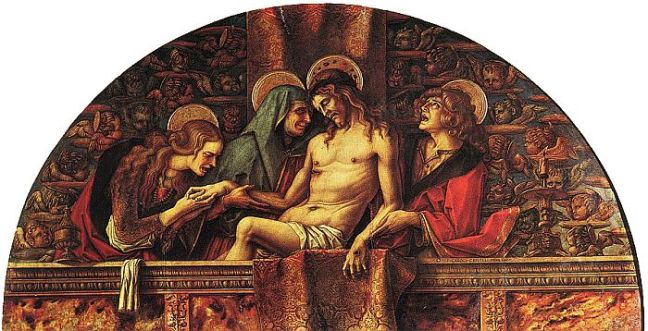
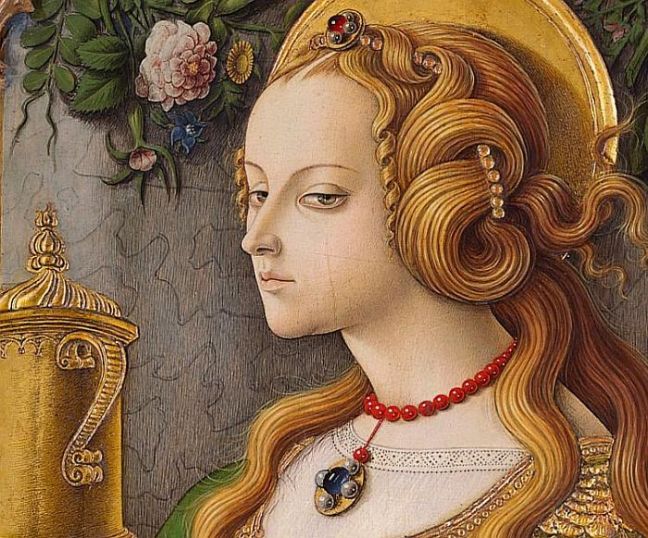



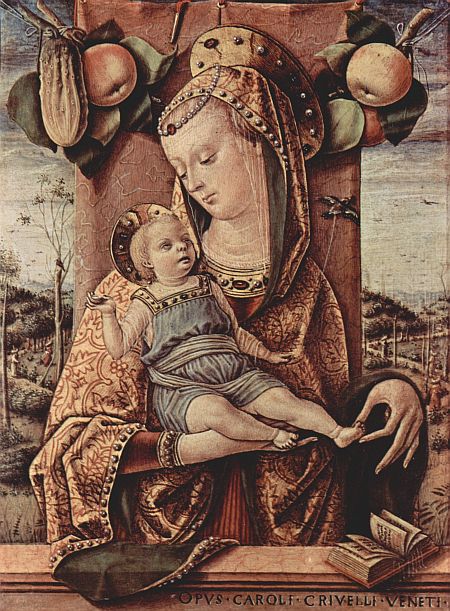



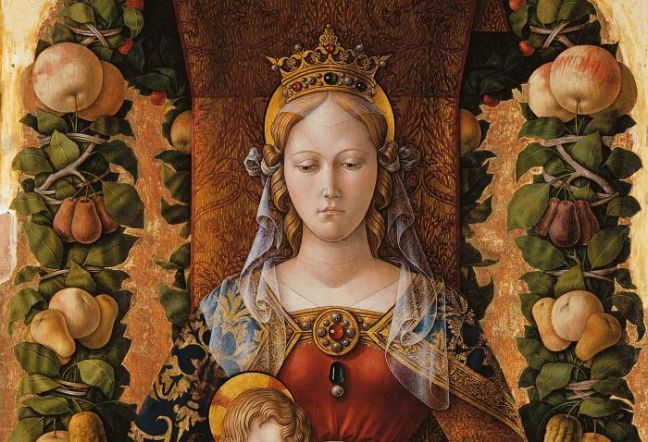

Carlo Crivelli (c. 1430-1495).











by Leonardo da Vinci (below)

by Paolo Veronese

by Jacopo Bassano

by Tintoretto

by Phillipe de Champaigne

by Dieric Bouts the Elder

by Dood van Maria

by James Tissot

by Valentin de Boulogne


by Peter Paul Rubens

by Pietro Peruggino

by Domenico Ghirlandaio

by Lucas Cranach

by Duccio di Buoninsegna

by Francesco Fontebasso

by El Greco

by Hans Holbein the Younger

by Fra Angelico



The trifron, or more precisely, vultus trifrons is a visual representation of three faces in one, so that these three faces share four eyes. The meaning of this representation is mostly unclear – in most cases it is an artistic play.
In the history of art numerous examples are found and still preserved in the Romans and Celts, but also in Romanesque and high-Gothic churches. A few medieval frescoes with a clear reference to the Christian Trinity are also known: for example, in the church of San Nicola (Giornico) from the 15th century and in the St. Peter’s Basilica in Basel dating from the time around 1400.





Bernardino Luini (c.1481-1532).

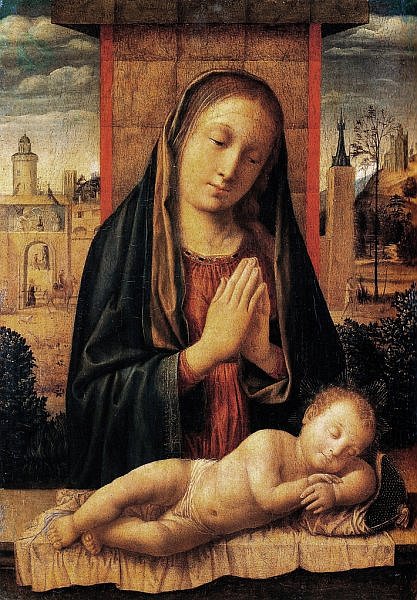
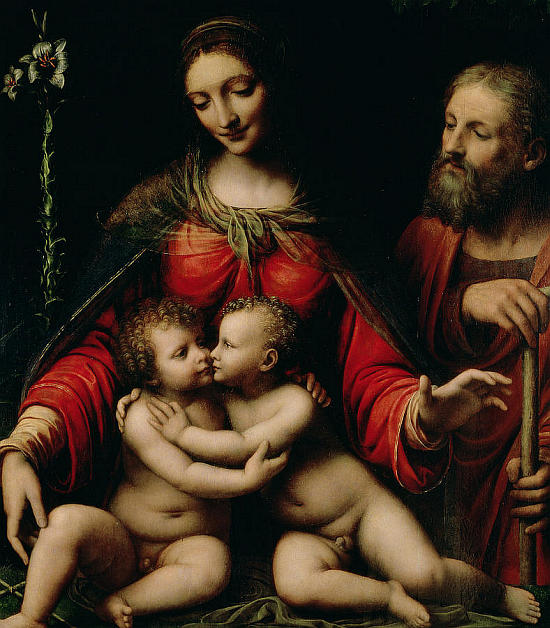
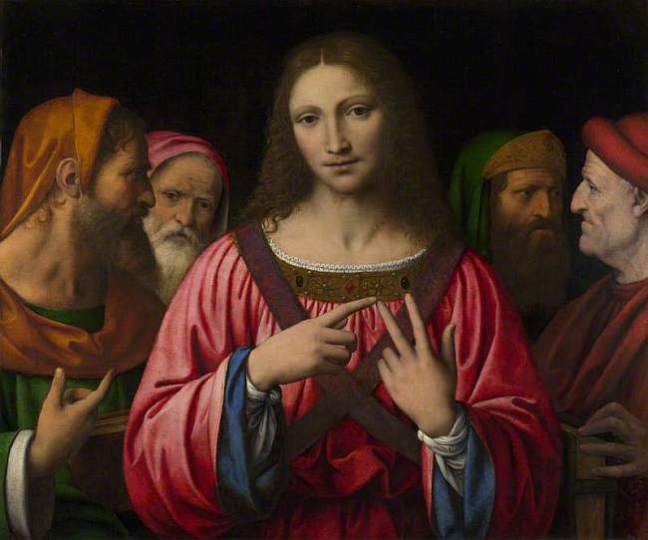


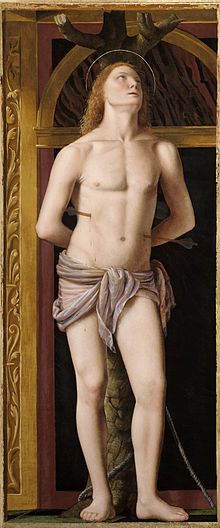




Guido Reni (1575-1642).












Greccio is an old hilltown and comune of the province of Rieti in the Italian region of Lazio, overhanging the Velino river on a spur of the Monti Sabini, a sub-range of the Apennines, about 16 kilometres (10 miles) by road northwest of Rieti, the nearest large town.


Greccio was founded, according to tradition, as a Greek colony.
The earliest records date back to the Tenth and Eleventh centuries. The Benedictine Monk, Gregory of Catino (1062-1133) refers to the town of Greccio (curte de Greccia) in his work “Summary Farfense”. From the remains of the ancient buildings it shows that Greccio became a fortified medieval castle surrounded by walls and protected by six towers fortress.


Greccio was the place where, in December 1223, St. Francis devised the first living crib. The tradition continues there to this day, and a memorial of St. Francis, the Santuario di S. Francesco, may be visited.



Masaccio (Tomasso di Ser Giovanni di Simone) (1401-1428).









Andrea Mantegna (1431-1506).










Titian (Tiziano Vecelli), “Venus with an Organist and Cupid”, ca. 1550-1555.
The kings who once owned these works were Philip II (1556-1598) and Philip IV (1621-1665), during the era when Spain was the most powerful country in the world, with colonies on all the inhabited continents. The paintings were held in secret chambers, called salas reservadas (reserved rooms) and the Vaults of Titian, which were protected spaces for works that the Church considered objectionable. Nowhere in Europe were there more erotic paintings in one place, which only a select few could see. The kings also farmed pictures out to remote hunting lodges. Historians say that the Church leaders knew about these hidden chambers, and that they were tolerated as long as the nude pictures never reached the outside world to soil souls.

Francisco de Zubarán, “Hercules Defeats King Geryon”, 1634-1635.

Peter Paul Rubens, “Fortuna”, 1636-1638.

Guido Reni, “Saint Sebastian”, ca. 1617-1619.
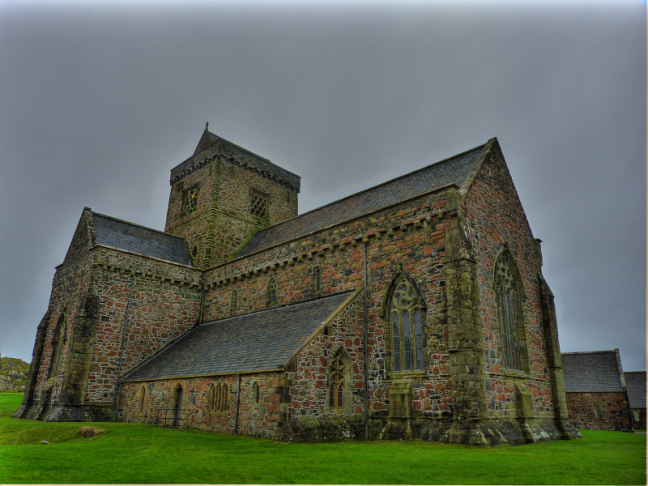
Iona Abbey is located on the Isle of Iona, just off the Isle of Mull on the West Coast of Scotland. It is one of the oldest and most important religious centres in Western Europe. The abbey was a focal point for the spread of Christianity throughout Scotland and marks the foundation of a monastic community by St. Columba, when Iona was part of the Kingdom of Dál Riata. Iona Abbey is home to the Iona Community, an ecumenical Christian religious order, and remains a popular site of Christian pilgrimage today.
Broken up during the reformation, this historic abbey has been reconstructed using traditional materials. In 563AD St Columba, an Irish missionary, established a monastery on the island which became a center of Celtic Christianity. St Aidan set out from here in 636AD to establish Christianity in Northumbria, and the island’s religious significance spread throughout Scotland.
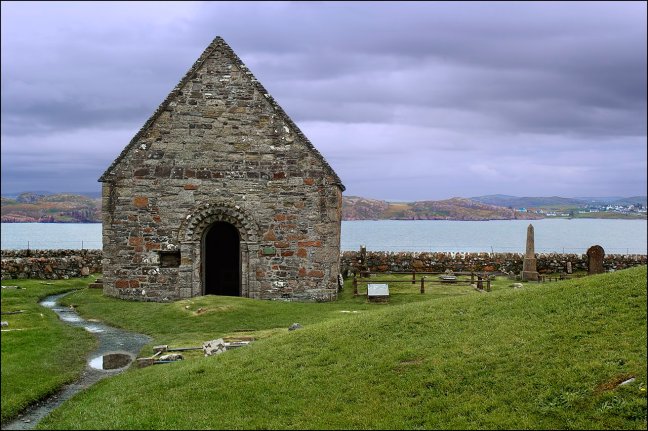


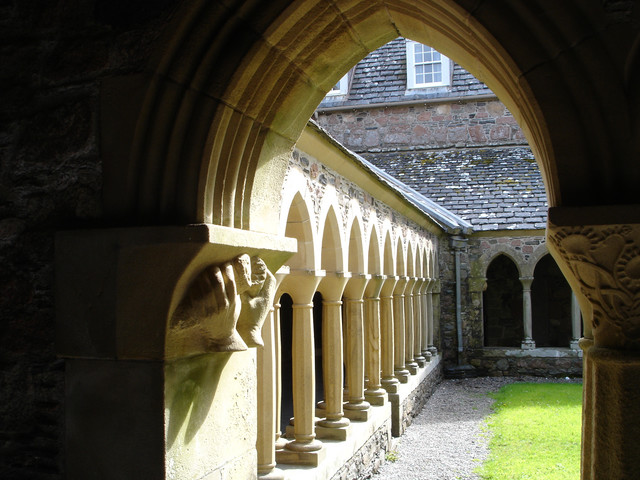
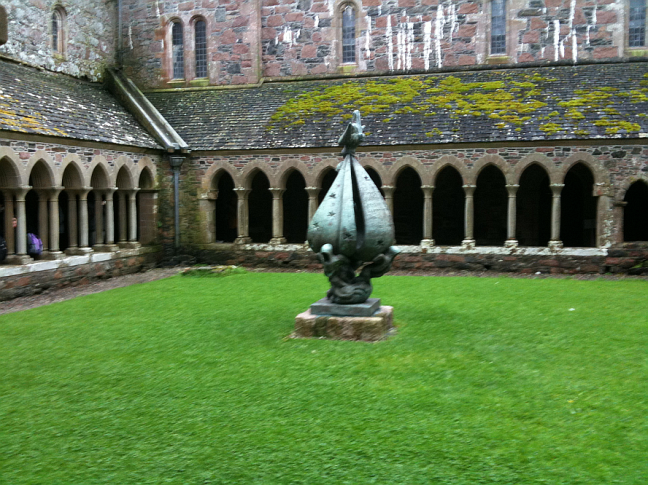
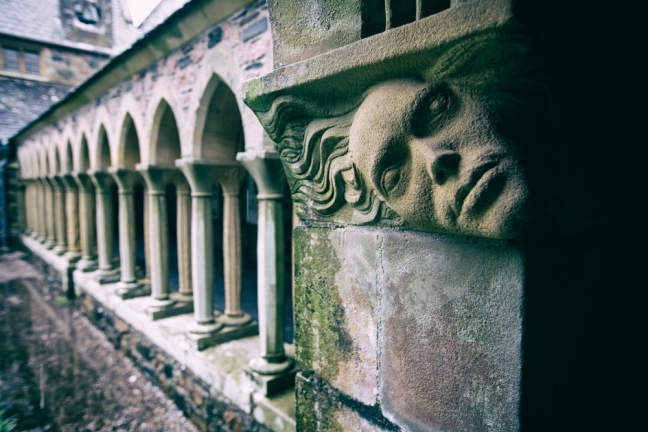
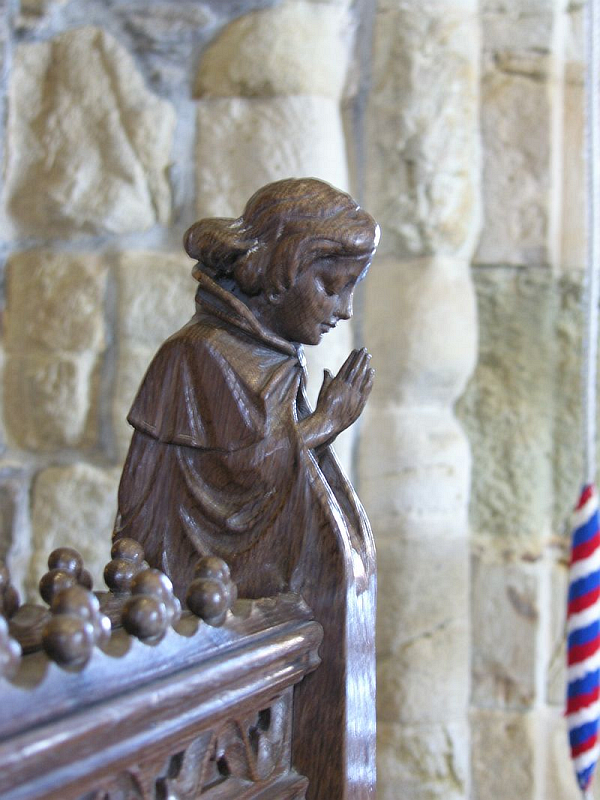


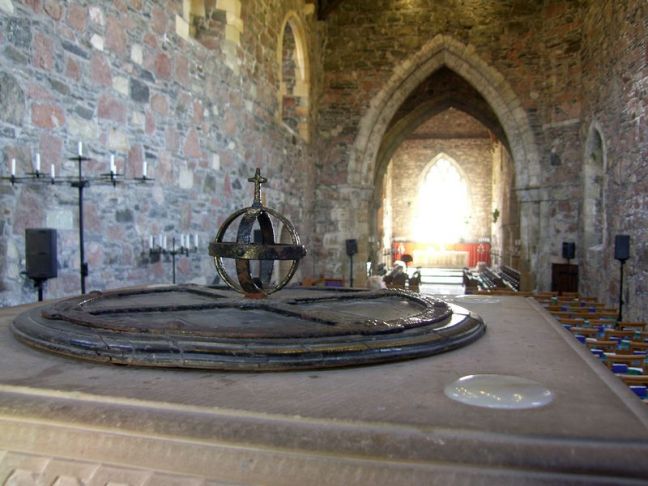



by Jan Brueghel, the Elder.

by Jacopo Bassano.

by Edward Hicks.

by Kaspar Memberger.

by Giovanni Benedetto Castiglione “Il Grechetto”.

by Michelangelo.

by Jan van Kessel II.

Fresco Abbey Church, c. 1100.
